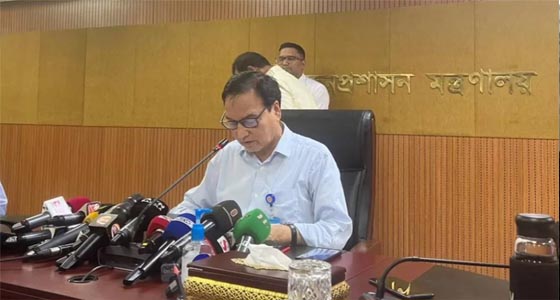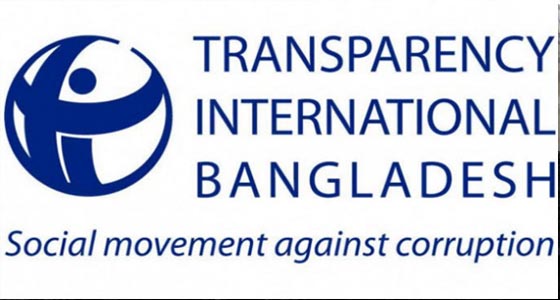Gonobhaban to become “July Revolution Memorial Museum”: Govt
- Last Update : 03:00:10 pm, Thursday, 5 September 2024
- / 825 Read Count
Staff Correspondent
The Advisory Council of the interim government has decided to convert Gonobhaban, official residence of former Prime Minister Sheikh hasina, into “July Revolution Memorial Museum”, keeping the memory of the student-led mass uprising that toppled Hasina-led government on August 5.
The decision was taken at the meeting of Advisory Council held at Chief Adviser’s Office with Chief Adviser Prof Muhammad Yunus in the chair on Thursday.
“Visible steps will soon be taken,” Adviser for Youth and Sports; and Labour Affairs Asif Mahmud told UNB while responding to a question during a media briefing at the Foreign Service Academy.
Chief Adviser’s Press Secretary Shafiqul Alam, Deputy Press Secretary Abul Kalam Azad Majumdar, and Apurba Jahangir were also present.
Asif Mahmud said they would look into examples in other countries to build the memorial museum and keep it open to the public.
He said they would keep it unchanged (as it stands now) and there will be a museum inside Gonobhaban.
The Adviser said Gonobhaban could not emerge as people’s building truly and the students and common people won it through uprising.
“It will be kept open for the people,” he said, adding that it will bear all the memories of martyrs of the uprising, tortures and injustice of the previous government.
The Adviser said the Ministry of Housing and Public Works; and the Ministry of Foreign Affairs will jointly implement the initiative.
Thursday marked one month since former Prime Minister Sheikh Hasina resigned amid student-led mass uprising and fled to India leaving the country in a leadership vacuum for a couple of days.
The country was in a state of lawlessness until Nobel laureate Prof Muhammad Yunus returned home from Paris and took oath as Chief Adviser of the interim government on August 8, chosen by the student leaders and backed by the army.
Hasina’s fall was so dramatic that she had only 45 minutes to leave her official residence Ganobhaban, which was stormed by jubilant protesters shortly after her exit.
The student protests began in July against a quota system in government jobs that critics said favoured people with connections to Hasina’s party.
















